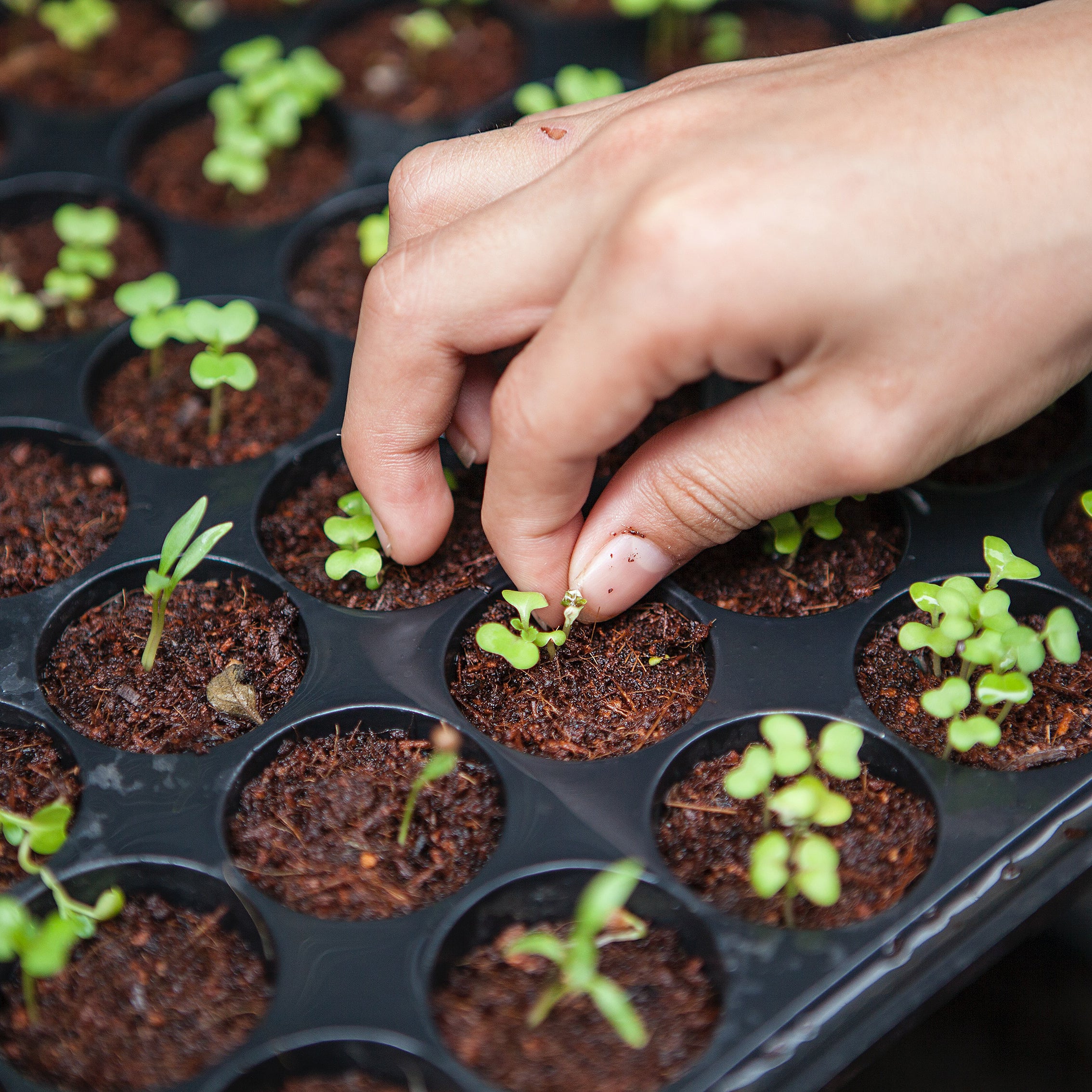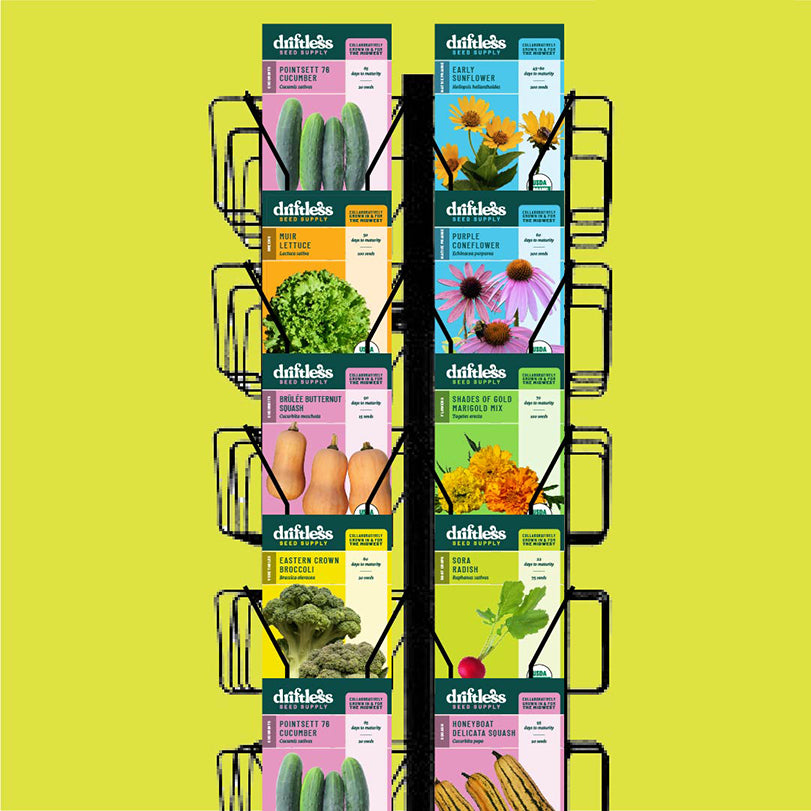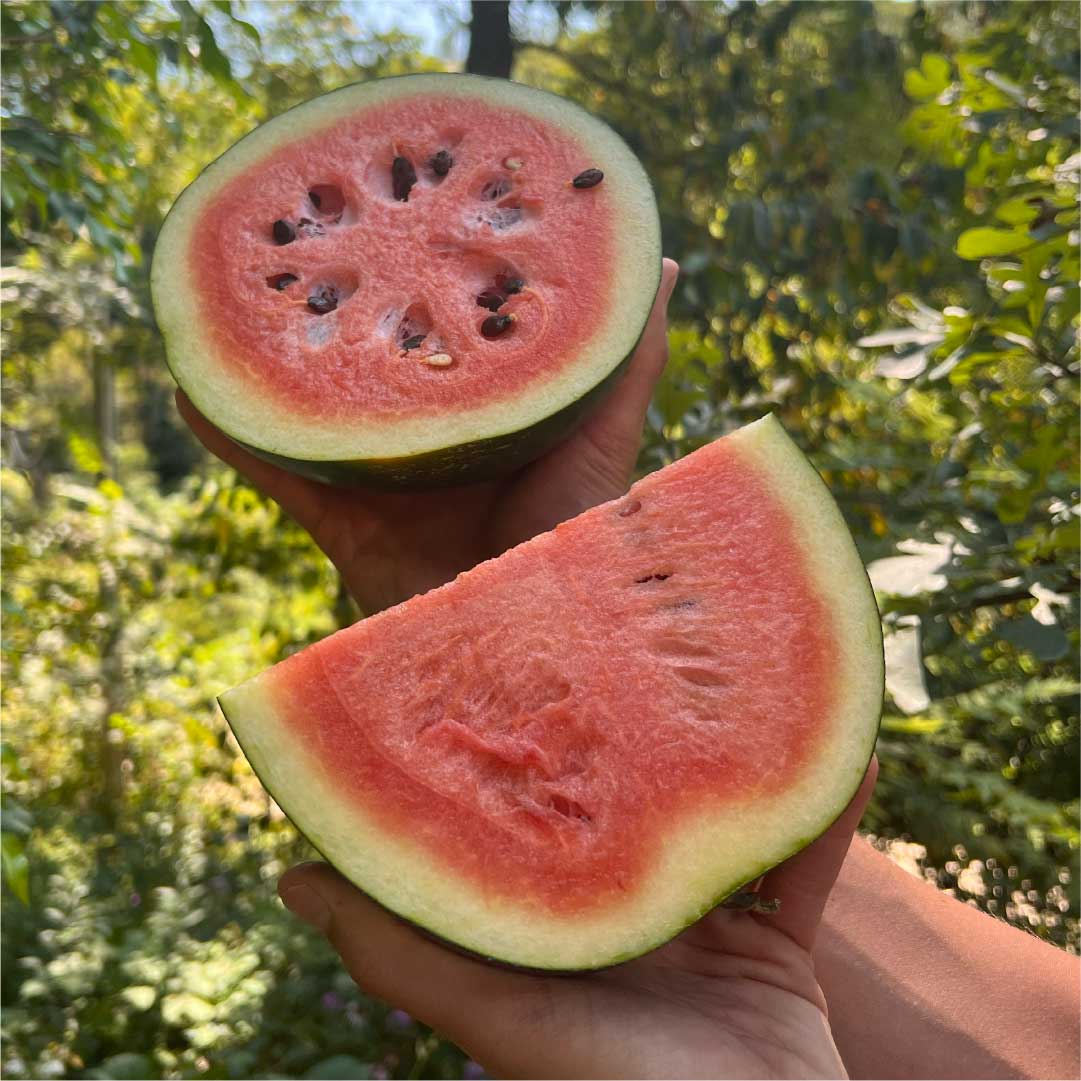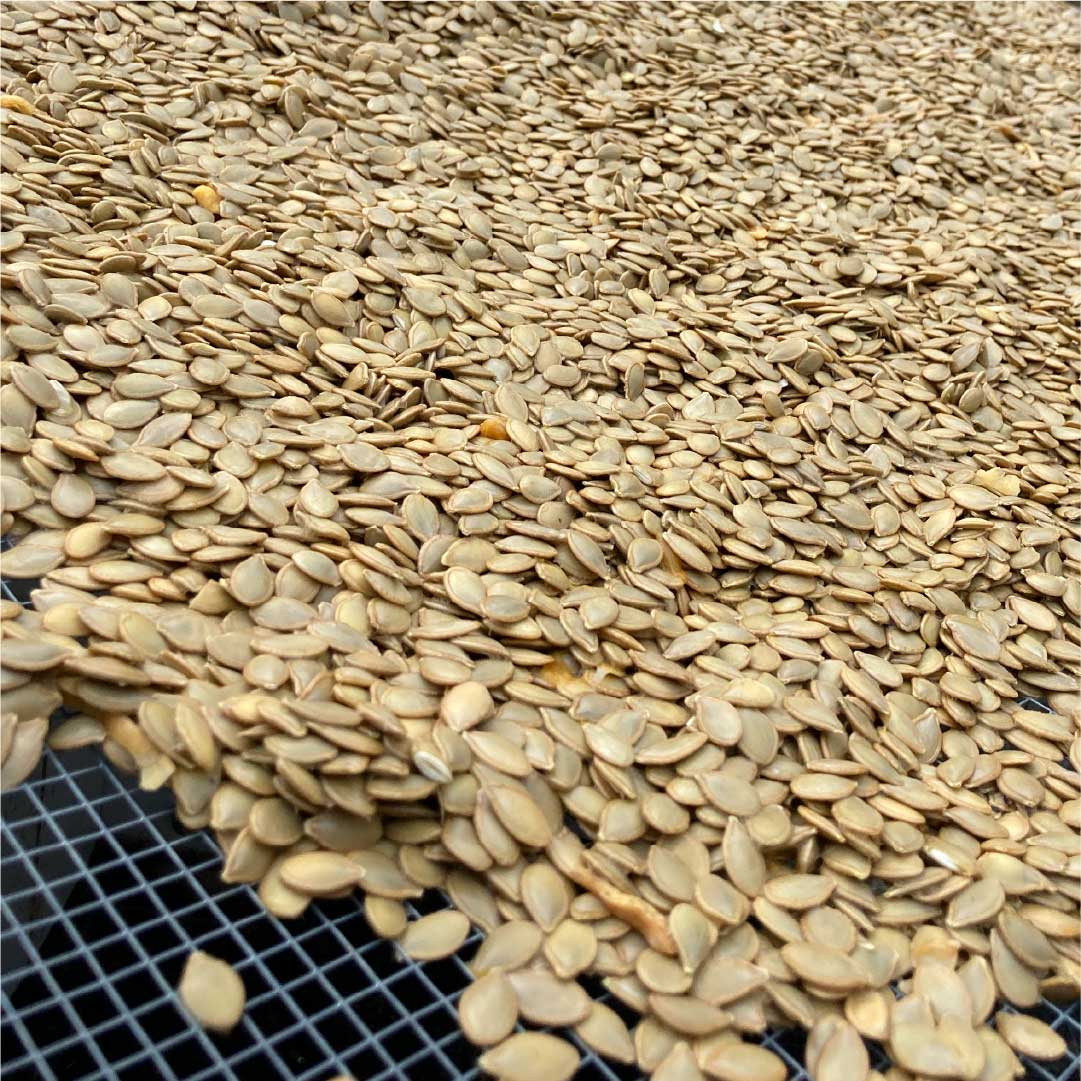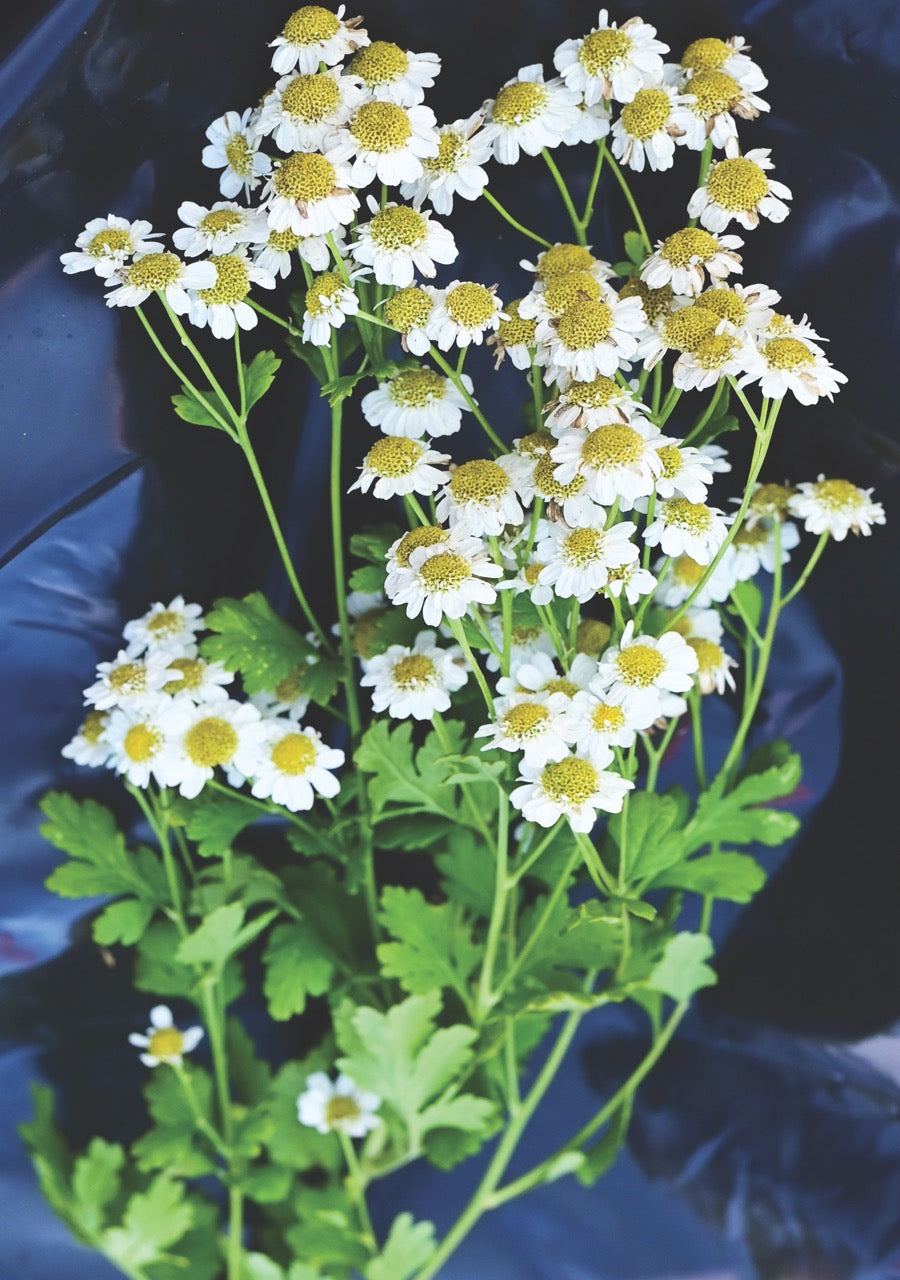
Driftless Seed Supply Grower Resources
Feverfew and Matricaria Growing Resources
Introduction
Feverfew, scientifically known as Tanacetum parthenium, is a traditional medicinal herb known for its daisy-like flowers and lacy foliage. It's valued not only for its health benefits, particularly in treating migraines, but also as an attractive cut flower and for its ability to draw in pollinators. Although an annual in much of the northern Midwest, it easily self-seeds, becoming a perennial favorite in the garden.
Site Selection and Soil Preparation
- Sun Exposure: Full sun to partial shade.
- Soil Type: Well-drained soil; tolerates a variety of soil types.
- Soil pH: Prefers a pH range of 6.0 to 6.7.
Planting
- Timing: Sow seeds in early spring or late fall. Feverfew is cold-hardy, and can even benefit from some stratification, either in wet sand in the fridge for a few weeks, or by fall seeding.
- Spacing: Plant 12-18 inches apart to ensure good air circulation.
- Depth: Tamp seeds into soil surface, or just lightly cover seeds with soil; they require light to germinate.
Irrigation
- Watering Needs: Moderate. Water regularly to keep the soil evenly moist.
- Method: Water at the base of the plant to avoid wetting the foliage.
Fertilization
- Initial Fertilizer: Apply a balanced organic fertilizer at planting.
- Ongoing Nutrition: Light feeding is generally sufficient; over-fertilization can decrease flowering.
Pest and Disease Management
- Pests: Generally pest-resistant but watch for aphids, which may be a sign of too much Nitrogen.
- Diseases: Good air circulation helps prevent fungal diseases like powdery mildew.
Harvesting for Cut Flowers
- Timing: Harvest when the flowers are fully open but before they start to fade.
- Method: Cut the stems early in the morning and place them in water immediately.
Attractiveness to Pollinators
- Beneficial Insects: Feverfew attracts bees, butterflies, and other beneficial insects, making it an excellent choice for pollinator gardens.
Additional Benefits
- Medicinal Use: Widely known for its use in treating migraines and headaches.
- Companion Planting: Can be planted alongside other herbs and vegetables as a natural insect repellent.
Post-Harvest Handling
- Cut Flower Care: Change the water frequently and trim stems to prolong vase life.
- Drying for Medicinal Use: Hang upside down in a dry, dark place to dry flowers and leaves.
Additional Tips
- Deadheading: Remove spent blooms to encourage continuous flowering.
- Self-Seeding: Allow some flowers to go to seed for natural reseeding.

